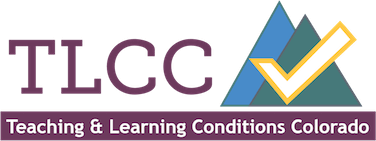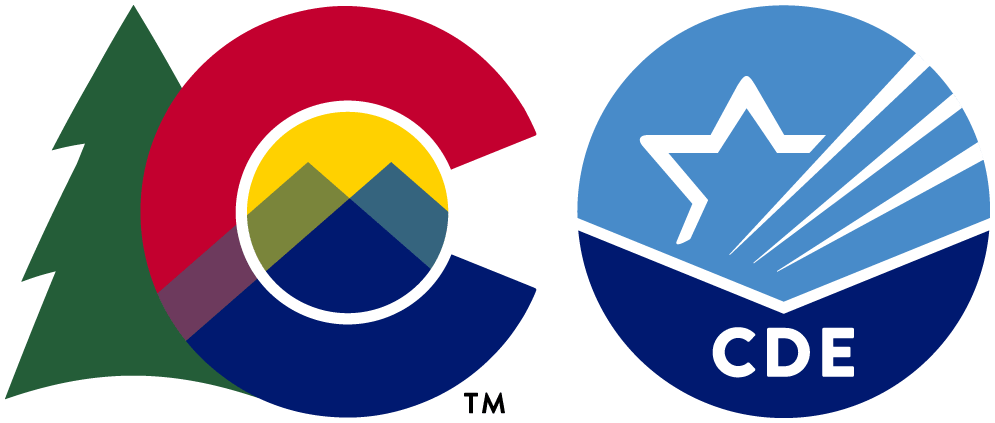About This Report
The Teaching and Learning Conditions in Colorado (TLCC) Survey - formerly TELL Colorado survey - is a statewide survey of school-based staff (teachers and building leadership) on their perceptions of the teaching and learning conditions in their schools. Questions were asked about instructional support, professional development, managing student conduct, use of time, leadership, facilities and resources, family and community support, and future plans. Demographic questions were limited to ensure participant anonymity.
The TLCC results give you a powerful tool for understanding teachers and leaders' experience in their classrooms and schools. These results may confirm some of what you already know about classrooms and schools, may surprise you with details that you didn't know, and most likely will open up new questions about areas you want to explore further.
Survey Design
The survey is led by the Colorado Department of Education (CDE) and operated through a statewide collaborative that includes the Colorado Association of School Boards, Colorado Association of School Executives, Colorado Education Association, Colorado Education Initiative, Colorado League of Charter Schools, Colorado Rural Alliance and representatives from school districts, universities and researchers. APA Consulting developed the TLCC survey by working closely with the partner organizations, districts and educators in the field. Cambridge Education administered the inaugural launch the survey in January 2018.
Interpreting Results
After responding to demographic questions, educators indicated one of four response options for each item on the survey. Results displayed in this report are percentages based on the proportion of participants who replied “Agree” or “Strongly Agree.” Responses to “I don't Know” do not affect favorability ratings. You can see a full breakdown of how all educators responded in each item.
Items on the TLCC have varying levels of meaning by design, so it is not as easy as simply looking at the highest and lowest items to identify strengths and areas of improvement. When examining a school’s results, you should think carefully about the priorities of the school(s) and departments, and then identify relative strengths and weaknesses across teachers and schools.


